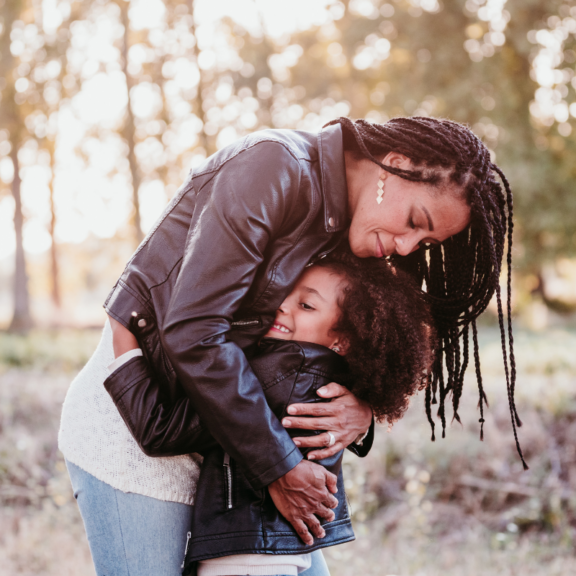
Healing Invisible Wounds
Youth PTSD Awareness
PTSD Awareness Month shines a light on a silent struggle many individuals, including children, face. Learn how to recognize the signs in youth and how to support their healing journeys.
June is PTSD Awareness Month—a time to shed light on a condition that often goes unseen, especially in adolescents. While post-traumatic stress disorder (PTSD) is commonly associated with veterans or adults who have experienced severe trauma, children can also be deeply affected by traumatic events. At NewPath Child & Family Solutions, we work with many young survivors to recognize and address PTSD, helping them heal and thrive.
What Is Youth PTSD?
PTSD can develop in adolescents after experiencing or witnessing a traumatic event such as (but not limited to) abuse, violence, natural disasters, accidents, or the sudden loss of a loved one. Unlike adults, children often lack the language and emotional tools to express their feelings accurately and effectively. Instead, their trauma may show up in behaviors like nightmares, regression, withdrawal, aggression, or even physical symptoms like headaches or stomachaches.
Recent research shows that approximately 1 in 4 adolescents exposed to trauma develop PTSD.
Know the Signs of PTSD and other stress disorders
- Relives the trauma over and over in thoughts/play
- Nightmares and sleep problems
- Very upset by triggers
- Lacks positive emotions
- Intense ongoing fear or sadness
- Irritability, angry outbursts
- Constantly looks for danger, easily startled
- Acts helpless, hopeless, or withdrawn
- Denial of trauma, numbness
- Avoidance of trauma-related people/places
Why It’s Often Missed
Children are resilient, but resiliency is not the same as invincibility. Many youth with PTSD go undiagnosed because their symptoms are mistaken for typical developmental challenges or behavioral issues. For example, a child who becomes suddenly aggressive or withdrawn after a traumatic event might be labeled as “acting out” rather than recognized as someone in distress.
Additionally, PTSD symptoms in children can differ from those in adults. Younger adolescents may reenact the trauma through play, while older youth and teens might experience intense guilt, shame, or self-blame. These differences make it crucial for caregivers, educators, and mental health professionals to be trauma-informed and vigilant.
PTSD Risk Factors and Vulnerabilities
Not all children who experience trauma develop PTSD. However, there are a few factors that can increase the risk. Understanding these risk factors enables us to identify those who may require additional care and support.
- Age and gender: Older children and girls are more likely to develop “PTSD 1” or PTSD linked to a single traumatic event.
- Minimal or missing support system: A lack of supportive relationships can worsen symptoms of stress disorders.
- History of trauma or mental health issues: Children with a history of trauma or anxiety are more vulnerable.
- Bereavement or feelings of entrapment: These emotional states can intensify the impact of trauma.
A NewPath to Healing
The good news is that PTSD in children is treatable. Evidence-based therapies, such as Trauma-Focused Cognitive Behavioral Therapy (TF-CBT), have been shown to significantly reduce symptoms. At NewPath, we offer trauma-informed care that meets children where they are—emotionally, developmentally, and socially. Healing also involves creating safe, stable environments where children feel heard and supported.
Ways to support
- Help the child feel safe and be able to relax
- Do things together that you both enjoy
- Reassure and support the child
- Identify and help navigate trauma triggers
- Remain calm and control your emotions
- Create consistency in their daily life
- Encourage them and boost their self-esteem
Community Resources to Use at Home
Youth PTSD can be traumatic, but it doesn’t have to define their future. With early intervention, understanding, and support, children can move from surviving to thriving. You can be a part of the solution for the children, teens, and young adults in your life! Learn the signs, advocate for trauma-informed practices, and spread awareness. Utilize online resources to gain new ways of understanding and support those who have experienced trauma. Know when to seek professional help for additional support and healing at organizations like NewPath.
Join us as we walk alongside children and families on their journey to healing—because every child deserves a new path forward.
Contact Us
"*" indicates required fields
